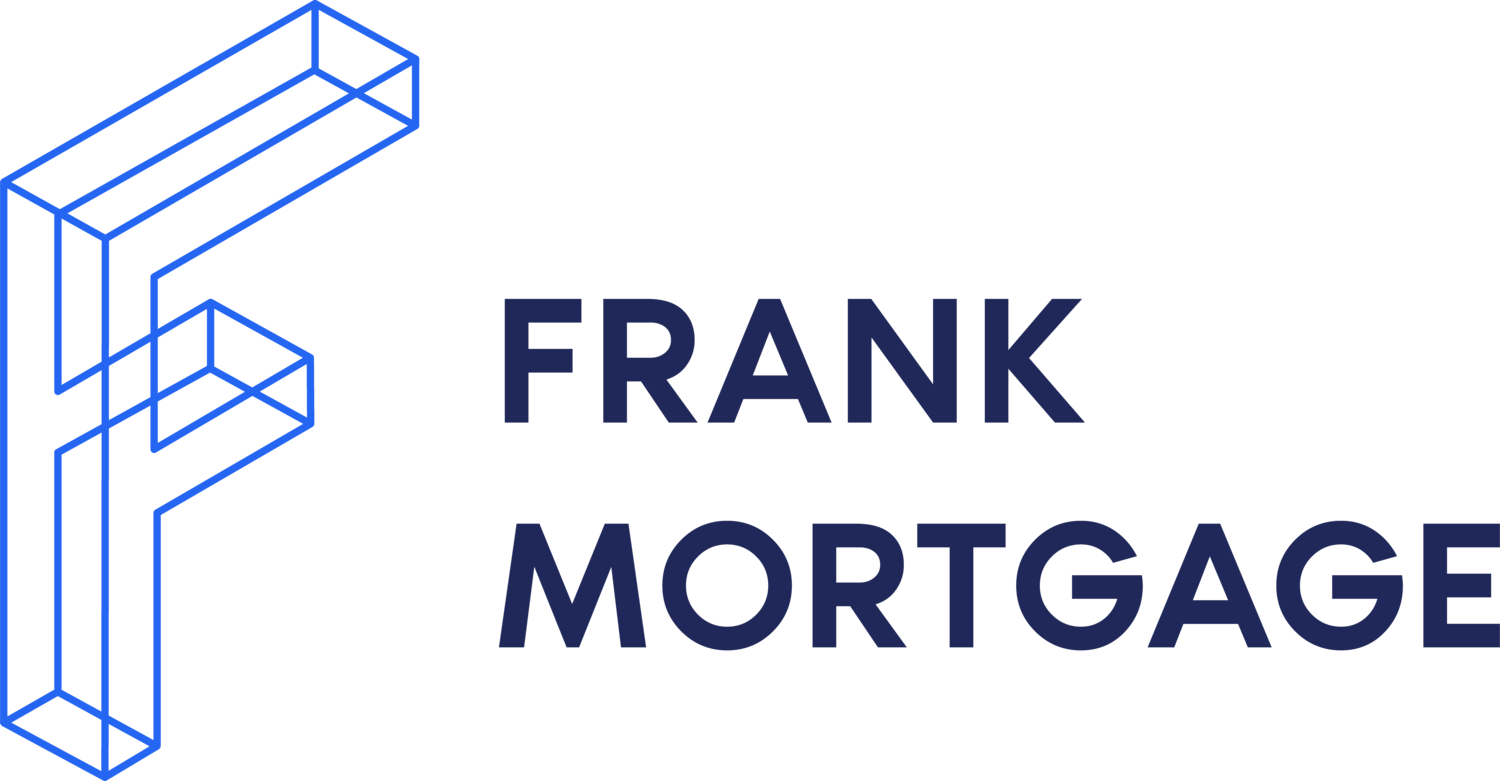Alt Mortgage Lending Is Now Mainstream
Your lender or broker has told you that you will not qualify for a Prime (or A) mortgage. There could be a variety of reasons for this, so don't take it personally. Perhaps you have a blemish on your credit report. Perhaps your debt-to-income ratios are a little too high. Perhaps you have non-traditional sources of income. Whatever the circumstance, you are still a good borrower as an Alt borrower, and Alt lenders can provide flexible, personalised solutions to meet your mortgage borrowing needs.
What is an Alt Mortgage?
Alt (short for Alternative) lending refers to several types of loans. Non-conforming mortgages, B mortgages, subprime mortgages, Alt-A mortgages, and other terminology have been used in the past by the market. None of these categories have ever had a universally accepted definition. Furthermore, some borrowers object to being called by some of these names. When it comes to borrowers that don't qualify for a Prime mortgage, we prefer to refer to them as Alt borrowers.
It is worth noting that there is also a type of lender known as a private lender. If you are unable to qualify for Alt lenders, you may be eligible for a private mortgage. However, they have high interest rates, which are frequently in the double digits, as well as significant fees. This would be the absolute last resort.
Categories of Alt Mortgage Lending
While we call it Alt lending there are three main categories based on the reasons why you are an Alt mortgage borrower:
Non-traditional Income
Self-employed or contract workers are the most common examples of borrowers with non-traditional income. You may have ample income to be able to pay your mortgage, but you can’t prove it since you don’t have a regular pay stub or a Notice of Assessment that confirms your income. Perhaps your business is earning money, but you don’t take money out regularly to pay yourself. Or your income is intermittent and not consistent year-to-year. Traditional income, in the eyes of the lenders, is a salary paid on a regular and consistent basis (i.e., monthly, or bi-weekly) and anything else in non-traditional;Non-Conforming
To qualify for a Prime mortgage, a borrower must meet a number of underwriting criteria. You may be turned down if you miss any of them. Here are a few examples: i) your debt-to-income ratios are too high; ii) your home type or location does not fit a lender's criteria; iii) your down payment is not from your own sources; and iv) you do not have an established credit history;Credit History or Credit Score issues
If you don’t meet the Prime lending criteria because you have a blemish on your credit history or something more serious like a prior bankruptcy then you are an Alt borrower (many will refer to you as a B or subprime borrower).
Note that there are also credit unions that are provincially regulated and can offer mortgages that are not compliant with the federal stress test qualifying rate. This is an Alt mortgage product that can be a solution for a borrower that struggles to qualify under the Federal stress test.
How do Alt Mortgages Differ from Prime Mortgages?
Prime Mortgage underwriting is done using specific and detailed criteria that are influenced by regulators and the Government. In recent years, some government programs have imposed new limits and restrictions on Prime mortgage lenders. Some borrowers that would have qualified five years ago for a Prime mortgage would not qualify today. This increased scrutiny of mortgage underwriting to protect lenders from potential mortgage losses has fueled significant growth in Alt lending.
Borrowers in the Alt mortgage category should not be apprehensive about Alt mortgages; they are now commonplace. If you think an Alt mortgage is right for you, you should know the differences between Alt and Prime mortgages:
The most common term to maturity for an Alt Mortgage is between one and three years, whereas most Prime mortgages have a five-year term. The shorter term of an Alt mortgage provides the borrower the ability to improve their circumstances so they can move to a Prime mortgage in the near future when the Alt mortgage matures;
Alt mortgages are underwritten using less stringent underwriting criteria that may provide more flexibility for; i) non-conforming sources of income (examples are self-employed, commission, part-time or contract employees) ii) lower credit scores, iii) higher debt servicing ratios, and iv) alternative down payment sources;
Alt mortgages have higher interest rates than Prime mortgages. This is to compensate the lender for the perceived higher degree of risk in Alt mortgages;
Some Alt mortgages for self-employed borrowers are insurable and eligible for down payments less than 20%. But for all other categories of Alt mortgage, the maximum mortgage amount is 80% of the property value. This means that a down payment of at least 20% is required;
Alt mortgages can have higher closing costs. Alt mortgage lenders usually require an appraisal, while prime lenders, especially prime insured lenders, often do not;
Alt lenders charge fees. The lender will most likely charge you a fee of 0.50 percent to 1.50 percent of the total mortgage amount. In addition, brokers often charge a fee for originating an Alt mortgage. You should try to find a broker that will not charge you this fee. Frank Mortgage does not charge a broker fee to its customers for any mortgages, including Alt mortgages. Borrowers are already paying enough for these mortgages without having to pay a broker fee.
Do Government Mortgage Programs Help Alt Mortgage Borrowers
The short answer is no. Most Alt mortgages are not eligible for insurance and there are no specific programs to help Alt borrowers. In fact, many recent Government initiatives, such as the mortgage stress test and tightening of mortgage insurance criteria, has increased the universe of Alt borrowers. These Government initiatives have made if harder for many to qualify for Prime mortgages.
Now facing tougher qualifying criteria, many borrowers have a choice – they can try to qualify for a Prime mortgage by lowering their expectations and either i) take out a smaller mortgage by reducing the size of house they want or, ii) increase the down payment amount or, iii) pursue an Alt mortgage that will allow them to borrow the amount needed. Several government policy changes have forced more Canadians to make these tough decisions. We are not sure how it benefits anyone to push otherwise good borrowers into the Alt mortgage space but that is the reality of current Government programs in Canada.
How to Secure a Good Mortgage Deal
You have been informed by a broker or a lender that you will not qualify for a Prime mortgage. What should you do?
First, you should make sure that your broker deals with a significant number of lenders, so you know that they have scoured the market for prime mortgage solutions. Some brokers only deal with a few lenders and may not be able to do this. If you are sure that the Prime market is not a solution for you then you need to work with a broker to find your best Alt mortgage alternative.
There are a number of professional and trustworthy Alt mortgage lenders out there. Take comfort in the fact that Alt lending is a normal and accepted part of the market. The Alt lenders that Frank Mortgage deals with are regulated by either OSFI or Provincial lending regulators.
When you are looking into getting an Alt Mortgage, here are the things you need to consider:
A. Find a mortgage broker that does not charge a fee;
B. Find a mortgage broker that works with at least five Alt mortgage lenders so you can get a variety of options. Because Alt lending is more flexible than Prime lending there can be material differences in the eligibility requirements between Alt lenders. Searching through a variety of options will give you the best chance to find the right fit with a lender;
C. Be prepared to produce income documents. Especially for self-employed borrowers this can be extensive, including business, tax, and corporate documents;
D. Don’t be shy about explaining in detail the reasons you are not currently a Prime borrower. The more detail a mortgage broker has the better they can help;
E. Be prepared to provide a large down payment of at least 20% in many cases;
Closing Thought
If you are turned down by a Prime lender, don't take it personally. The lending landscape has shifted in recent years, with alternative lending becoming more mainstream and popular. If you get a short-term Alt mortgage you can work towards a less expensive Prime mortgage in the future. It can be a positive stepping stone that gets you into the house you want today. But be aware of the higher costs and try to find a broker that will treat you fairly and not charge you fees.
If you would like to discuss your Alt lending options with a licensed mortgage agent, please follow this link www.frankmortgage.com, and enter a chat room or call us at 1-888-850-1337.

Don Scott
Don Scott is the founder of a challenger mortgage brokerage that is focused on improving access to mortgages. We can eliminate traditional biases and market restrictions through the use of technology to deliver a mortgage experience focused on the customer. Frankly, getting a mortgage doesn't have to be stressful.
Connect with Don on LinkedIn!


